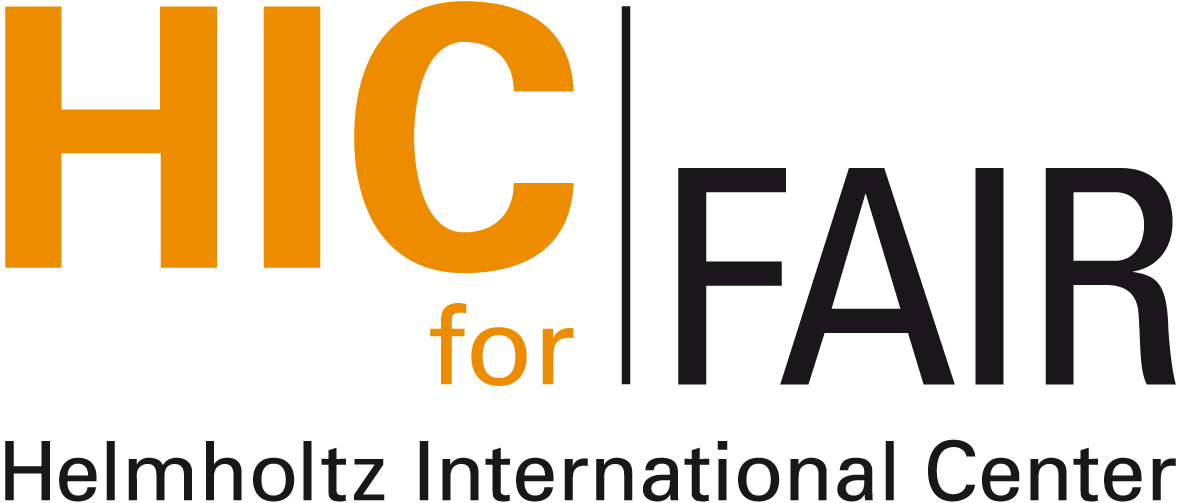 Nuclear Physics Colloquium
Nuclear Physics Colloquium Nuclear Physics Colloquium
Nuclear Physics ColloquiumVenue: Physics
Building, Max-von-Laue-Str. 1, Seminar Room PHYS 2.116
Time: Thursday, October 19, 4:30pm (s.t.)
Contact: hees@fias.uni-frankfurt.de
Hadrons containing heavy flavours are effective probes of the properties of the hot and dense QCD medium produced in heavy-ion collisions. Due to their large masses, heavy quarks are produced at the initial stage of the collision, almost exclusively via hard partonic scattering processes. As a consequence, they are expected to experience the full collision history propagating through and interacting with the QCD medium. The parton energy loss, which is sensitive to the transport coefficients of the produced medium, can be studied experimentally by measuring the nuclear modification factor which accounts for the modification of the heavy-flavoured hadron yield in A-A collisions with respect to pp collisions. In semi-central A-A collisions, the degree of thermalization of charm quarks in the QCD medium can be accessed via the measurement of the heavy-flavour elliptic flow at low transverse momentum. Further insights in thermalization and coalescence hadronization can be obtained by comparing the production of charmed baryons and strange charmed mesons with non-strange charmed mesons.
Several experimental collaborations at the Relativistic Heavy-Ion
Collider and at the Large Hadron Collider have measured the production
of charmonium and bottonium states as well as open heavy-flavour hadrons
via their hadronic and semi-leptonic decay channels in pp, p-A and A-A
collisions in an energy domain that ranges from $\sqrt{s}=0.2
\,\mathrm{TeV}$ to $\sqrt{s}= 13 \, \mathrm{TeV}$ in pp collisions
and from $\sqrt{s_{NN}}= 0.2 \, \mathrm{TeV}$ to $\sqrt{s_{NN}} = 5.02
\, \mathrm{TeV}$ in A-A collisions. In this contribution the latest
experimental results will be reviewed as well as possible future
directions.